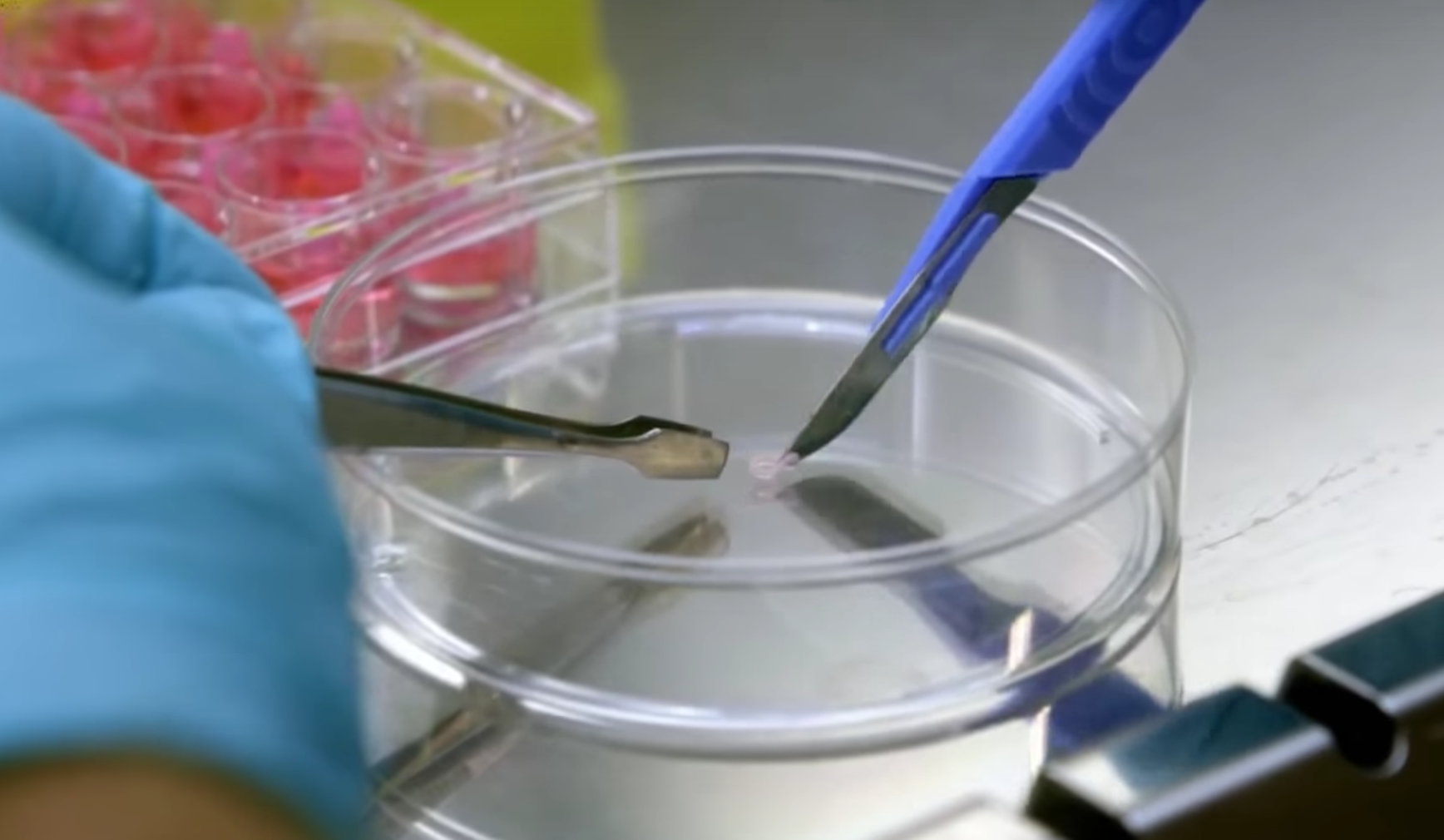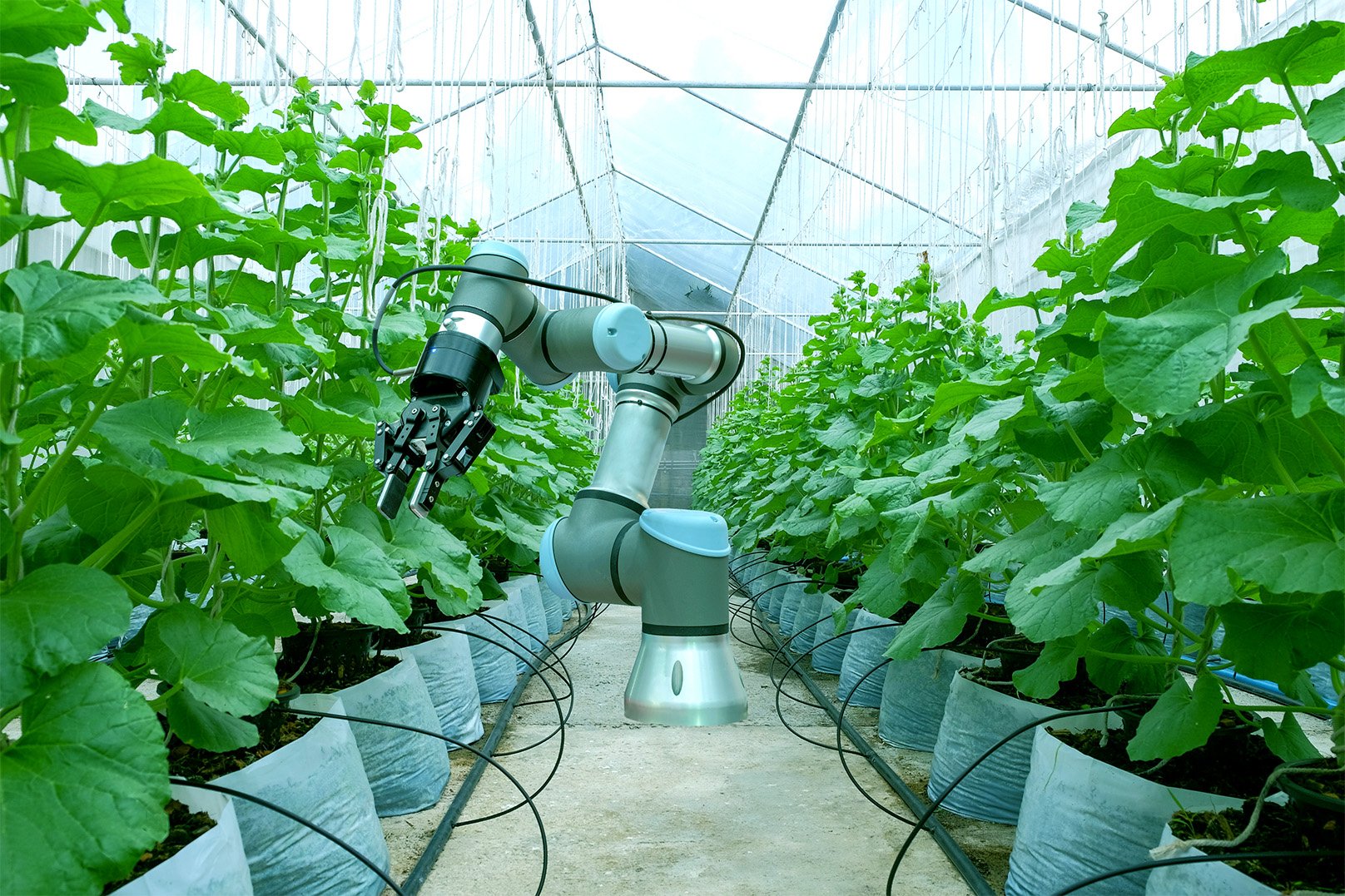Are We Ready for Artificial Meat?
The Pros and Cons
FUTURE PROOF – BLOG BY FUTURES PLATFORM
In 2013, Dr. Mark Post and his team at Maastricht University created the first “cultured” burger in the world. Made from muscle-specific stem cells from real cows and later cultured into fibres of muscle tissue thrown together to form a patty, the burger was fully grown in a laboratory. Its cost? US$ 331,000, making it the most expensive burger in the world. Billionaire and Google co-founder Sergey Brin paid the bill.
Today, the price has come down significantly and, according to Shaked Regev, executive director of the Modern Agriculture Foundation, it might not be long until you can find it going for reasonable prices at supermarkets. But is it all good news? Here are some of the pros and cons of cultured meat.
THE PROS
It can create a new industry and generate employment. Indeed, if lab-grown beef and other meats (it is currently mostly limited to ground meat) take off, this means that there will be a myriad of new businesses around it. It can therefore generate new employment and signify the beginning of a race to the production of cultured food, which, if done correctly, can bring a lot of benefits.
We might need it to support the increasing demand for meat around the world. With our human population expected to increase to 9.5 billion people by 2060, and with standards of living increasing in traditionally poorer nations, demand for meat is expected to go up significantly across the world. While in the US the increase will be around 8% and in Europe, 7%, across Asia alone, the most populous continent, meat demand is expected to increase by 56%. Unless vegetarianism suddenly picks up significantly, we will need to find a way to satisfy this demand.
More of small-scale farming and less of factory farming. If lab-grown meat works as a replacement for factory farming, where in many cases animals are subjected to extremely poor conditions, cultured meat can be a welcome development. In addition, it might also increase the demand for “natural meat” that is grown in small-scale farming, contributing to growth in these smaller businesses.
It might be better for the environment. Making 1,000 kg of cultured meat takes 7 to 45% less energy, 78% to 96% lower greenhouse emissions, about 90% less water, and 99% less land. This suggests that the environmental consequences of switching from factory farming and large-scale farming to lab-grown cultured meat can have a long-term positive impact.
It might be a lot healthier. Just because we grow it in a lab it does not mean that it needs to be genetically engineered. However, we can change the ratios of protein to fat or even choose the number of healthy fats in every burger. What’s more, cultured meat doesn’t require the use of antibiotics. According to the FDA, the use of antibiotics in food-producing animals has been going up by about 23% since 2009, and it is a source of antibiotic-resistant bacteria that can harm us and other species. And last but not least, it can also minimize animal-borne pathogens and diseases, like salmonella.
THE CONS
It can lead to large levels of unemployment across the world. The livestock sector employs approximately 1.7 billion people in the world. If cultured meat takes off and becomes of the primary sources of our daily meat consumption, the consequences for the hundreds of millions of people, from factories to farms, could be very dire.
It can produce some environmental damage, too. According to some studies at American universities, the amount of heat and electricity required to produce cultured meat on a massive scale can be gigantic and therefore not entirely benign.
It does not completely eliminate animal suffering. One good thing about cultured meat is that the technique by which we obtain animal cells to produce it does not require billions of animals to be slaughtered in conditions we are mostly familiar with. However, obtaining the correct type of muscle tissue from the livestock still requires invasive techniques that do not guarantee the elimination of suffering, especially as it would need to be done at such a large scale.
Eating habits are shifting to natural produce. Even as the demand for meat grows rapidly, there are other future trends, especially in the West, toward natural foods. This might mean that even if we could resolve all the cons abovementioned and mass-produce healthy cultured meat at low prices, its demand may be lower than anticipated and, therefore, its development may be unjustified.
THE BOTTOM LINE
The bottom line is: that we have now ramped up our efforts to develop cultured meat, and continued efforts indicate that we will be able to produce it at quite affordable levels in the near future. Since 2013, several startups have sprung up with the goal of bringing cultured meat to the masses. One example is Memphis Meat, who last year created the first lab-grown meatballs and this year the first chicken strips and lab-grown duck.
But are there more pros than cons? If economically feasible, it seems so. But many other questions are left unanswered. Who will regulate and control the distribution and quality of cultured meats? What are the real environmental consequences of such as the shift in production methods? We might have to wait a while to find out. At least until we can afford them.
If you are interested in this topic, and many other future changes, try our Futures Platform and access a database of thousands of future phenomena curated by leading futurists.




In the era of curated experiences, food personalisation is on the cusp of becoming the next big health and wellness solution – but at what price for the consumer, and at what cost to those experiencing food insecurity? Can the industries involved collaborate to efficiently bring these bespoke foods to market without exacerbating (or possibly even alleviating) the global food shortage?